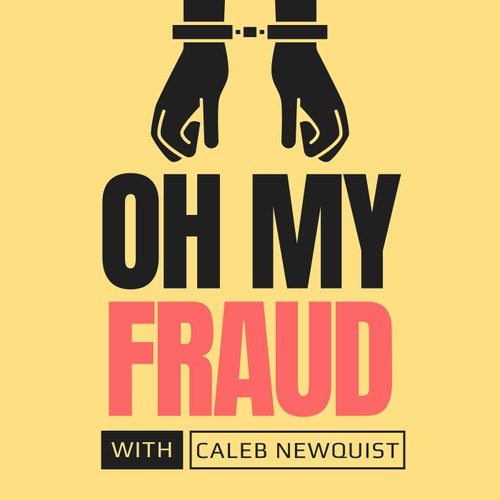Sponsors
Murder, kidnapping, dismemberment—these are the crimes of many a true crime podcast; just not this true crime podcast. In this episode, Caleb and Greg explore wire fraud, its history, and why it comes up in nearly every case study they discuss.
HOW TO EARN FREE CPE
In less than 10 minutes, you can earn 1 hour of NASBA-approved accounting CPE after listening to this episode. Download our mobile app, sign up, and look for the Oh My Fraud channel. Register for the course, complete a short quiz, and get your CPE certificate.
Download the app:
Apple: https://apps.apple.com/us/app/earmark-cpe/id1562599728
Android: https://play.google.com/store/apps/details?id=com.earmarkcpe.app
Questions? Need help? Email support@earmarkcpe.com.
CONNECT WITH THE HOSTS
Greg Kyte, CPA
Twitter: https://twitter.com/gregkyte
LinkedIn: https://www.linkedin.com/in/gregkyte/
Caleb Newquist
Twitter: https://twitter.com/cnewquist
LinkedIn: https://www.linkedin.com/in/calebnewquist/
Email us at ohmyfraud@earmarkcpe.com
Sources:
The History Of Wire Fraud — LAWS.com
Wire Fraud: Definition, examples, and prevention. — Datavisor
Mail and wire fraud — Wikipedia
U.S. postal system established | July 26, 1775 — History.com
Telegraph | Invention, History, & Facts — Britannica
History of the Mail Fraud Statute — United States Postal Inspection Service
Wire and Mail Fraud — Prison Professors
Uncovering the Legislative Histories of the Early Mail Fraud Statutes: The Origin of Federal Auxiliary Crimes Jurisdiction — University of Utah Law
P.T. Barnum was an Early Adopter of the Telegraph- So he Could Prank his Co-Workers — Another Century Blog
Wired on Crime: Soapy Smith’s Telegraph Con — Another Century Blog
18 U.S. Code § 1343 - Fraud by wire, radio, or television — Cornell Law School
What is Wire Fraud, and What is the Statute of Limitations for Wire Fraud? — Warren Law Group
Former Enron CEO Jeffrey Skilling Resentenced to 168 Months for Fraud, Conspiracy Charges — DOJ
Federal Jury Convicts Former Enron Chief Executives Ken Lay, Jeff Skilling On Fraud, Conspiracy And Related Charges — DOJ

 Oh My Fraud
Oh My Fraud 